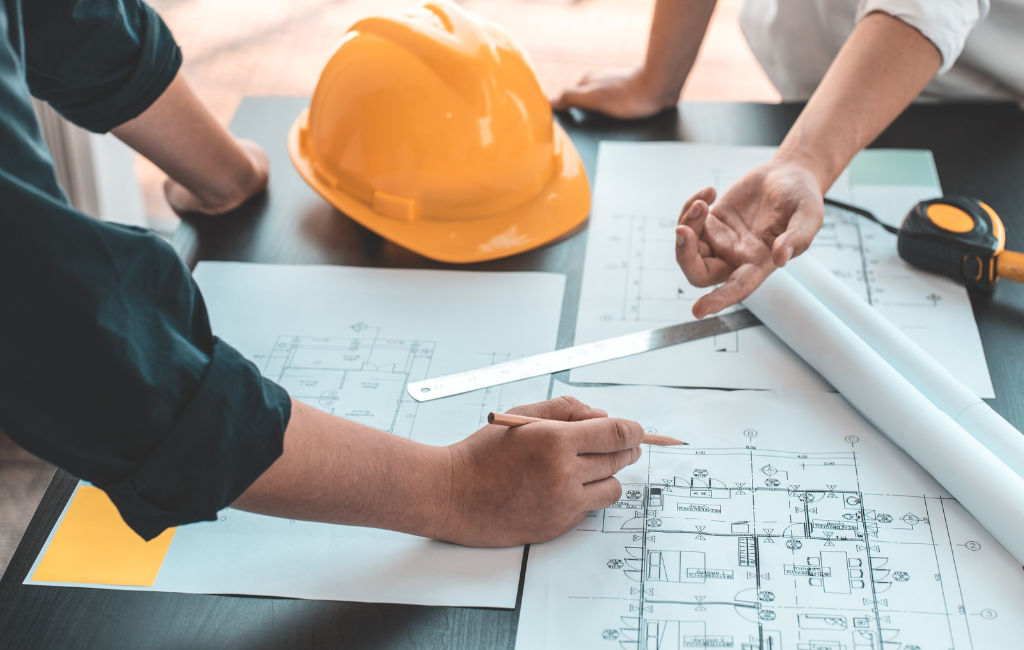Architect Strategies: Shaping Innovative Designs
In the ever-evolving field of architecture, the ability to innovate is paramount. Architects are constantly seeking new strategies to create designs that are not only functional but also aesthetically pleasing and sustainable. This article explores various strategies that architects employ to shape innovative designs, supported by examples, case studies, and statistics.
Embracing Technology
Technology has revolutionized the way architects approach design. From computer-aided design (CAD) software to virtual reality (VR), these tools have expanded the possibilities for creativity and precision.
Computer-Aided Design (CAD)
CAD software allows architects to create detailed 2D and 3D models of their designs. This technology enables precise measurements and the ability to visualize the final product before construction begins. According to a survey by the American Institute of Architects, 85% of firms use CAD software in their design process.
Virtual Reality (VR)
VR technology offers an immersive experience, allowing clients and stakeholders to walk through a virtual model of the building. This can help in identifying potential issues and making necessary adjustments early in the design process. A study by the University of Southern California found that VR can reduce design errors by up to 30%.
Sustainable Design
Sustainability is a key consideration in modern architecture. Architects are increasingly focusing on creating designs that minimize environmental impact and promote energy efficiency.
Green Building Materials
Using sustainable materials is one way architects are reducing the environmental footprint of their designs. Materials such as bamboo, recycled steel, and reclaimed wood are becoming more popular. The U.S. Green Building Council reports that buildings using green materials can reduce energy consumption by up to 50%.
Energy-Efficient Systems
Incorporating energy-efficient systems, such as solar panels and geothermal heating, is another strategy. These systems not only reduce energy costs but also contribute to a building’s sustainability. According to the International Energy Agency, buildings with energy-efficient systems can cut greenhouse gas emissions by up to 40%.
Adaptive Reuse
Adaptive reuse involves repurposing existing structures for new uses. This strategy not only preserves historical buildings but also reduces the need for new construction, which can be resource-intensive.
Case Study: The High Line, New York City
The High Line is a prime example of adaptive reuse. Originally an elevated railway, it has been transformed into a public park. This project has revitalized the surrounding area and attracted millions of visitors annually. According to the Friends of the High Line, the park has generated over $2 billion in economic activity.
Case Study: Tate Modern, London
The Tate Modern in London is another successful example. The former Bankside Power Station was converted into a contemporary art museum. This project preserved the building’s industrial heritage while creating a vibrant cultural space. The museum attracts over 5 million visitors each year, according to the Tate Modern’s annual report.
Community Engagement
Engaging with the community is a strategy that can lead to more successful and accepted designs. By involving local residents and stakeholders in the design process, architects can create spaces that meet the needs and desires of the community.
Participatory Design Workshops
These workshops allow community members to contribute ideas and feedback. This collaborative approach can result in designs that are more functional and better received by the public. A study by the University of California, Berkeley found that participatory design can increase community satisfaction by 25%.
Case Study: The 606, Chicago
The 606 is an urban park and trail system in Chicago that was developed with extensive community input. The project transformed an abandoned railway into a green space that connects several neighborhoods. According to the Trust for Public Land, the 606 has increased property values in the surrounding area by 10%.
Innovative Aesthetics
Architects are constantly pushing the boundaries of design to create visually stunning structures. Innovative aesthetics can make a building a landmark and enhance its cultural significance.
Parametric Design
Parametric design uses algorithms to generate complex and unique forms. This approach allows for greater creativity and precision. The Heydar Aliyev Center in Baku, designed by Zaha Hadid Architects, is a notable example. Its fluid, wave-like structure has become an iconic symbol of modern architecture.
Biophilic Design
Biophilic design incorporates natural elements into the built environment. This approach can improve the well-being of occupants and create a stronger connection to nature. The Bosco Verticale in Milan, designed by Stefano Boeri, features vertical forests on its facades. This design not only enhances aesthetics but also improves air quality and biodiversity.
Conclusion
Architects employ a variety of strategies to shape innovative designs. Embracing technology, focusing on sustainability, adaptive reuse, community engagement, and innovative aesthetics are just a few of the approaches that can lead to successful and groundbreaking projects. By continually exploring new methods and ideas, architects can create spaces that are not only functional and beautiful but also sustainable and meaningful.
